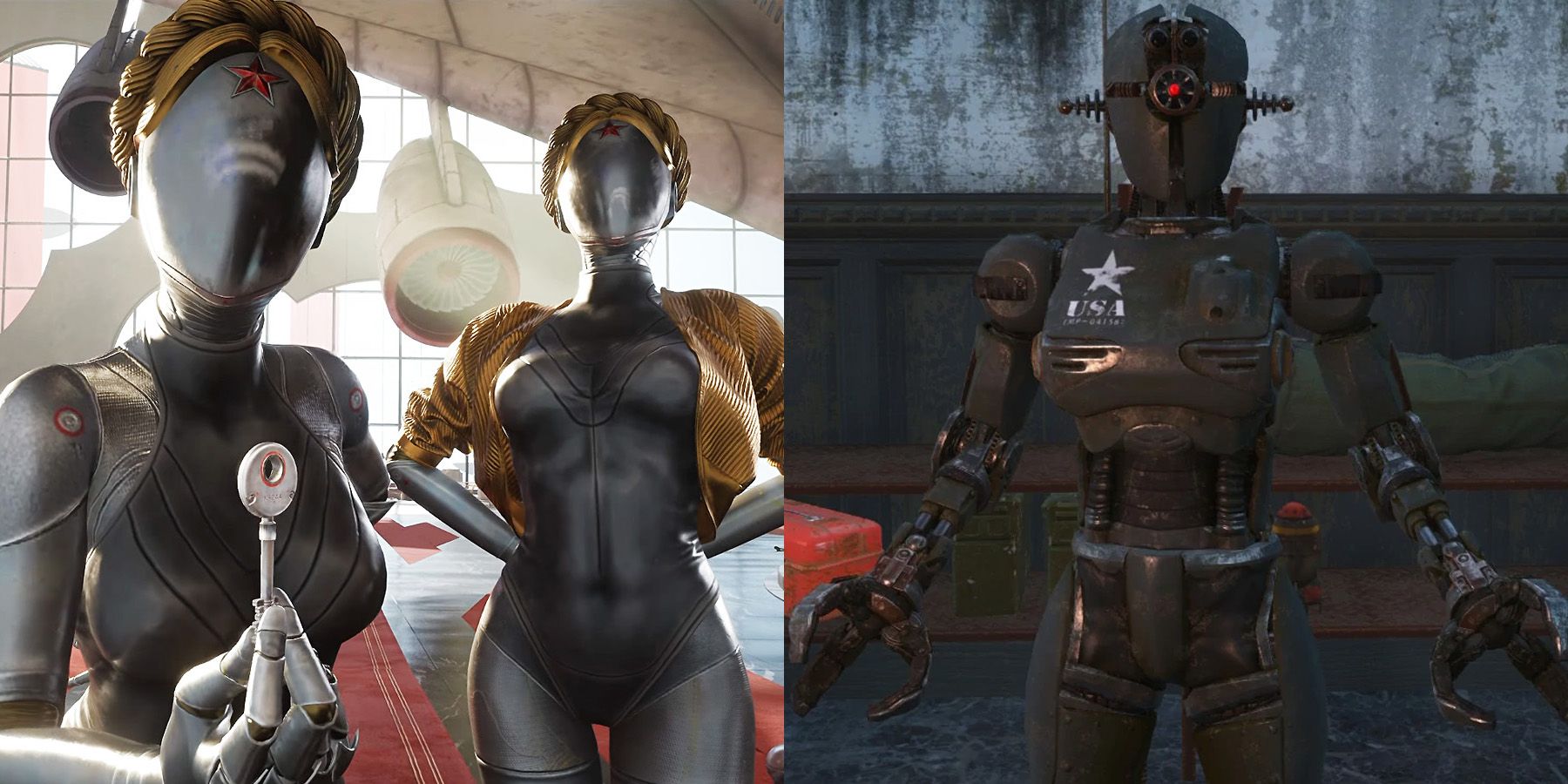



In some ways, this is actually the ‘good’ ending. Of course, we don’t know if that actually goes ahead, because all that the narration here tells us is that P-3 basically leaves the facility and disappears. We can probably assume from this that Sechenov’s Kollektiv 2.0 plan goes ahead, giving him an unfathomable amount of power (which he claims he wants to relinquish by destroying the Alpha Connector), and putting him in a position to execute the Atomic Heart plan, which involves selling robots to US companies, then activating their combat mode to destroy the country from the inside out. Here we’re going to show you how to achieve Atomic Heart’s two endings and make some sense of them. Neither ending really gives proper closure, nor really makes us aware whether the grand schemes talked about throughout the game like Kollektiv 2.0 and Atomic Heart come to pass, but they do raise some interesting question about what the ‘good’ and ‘bad’ endings actually are. First, you might want to get the full picture on the rest of Atomic Heart's story up to the ending, but once you're caught up there then you're in the right place.Ītomic Heart in fact has two endings, though rather than being described as ‘good’ and ‘bad’ endings it’d probably be more appropriate to call them ‘joke/good’ and ‘true/bad’ endings instead. So it kind of stands to reason that it would have weird endings too–the kind of endings that make you scratch your head and wonder what exactly it is you’ve just witnessed, and why. This article contains key plot details about Atomic Heart and its endings.įrom its hyper-sexualised robot twins to its bizarre writing and spectacular vision of a robotically advanced Soviet Union, Atomic Heart is a weird old game.


 0 kommentar(er)
0 kommentar(er)
